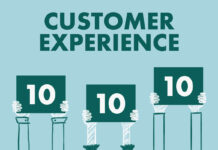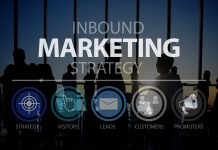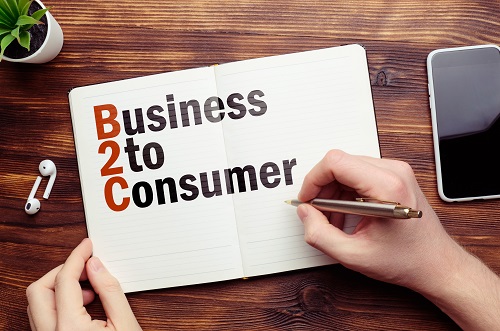Whenever we hear the word ‘Business’ the first thing that pops up in the mind are the products of the business and secondly the reach of the business, or to be very honest the number of customers glued to the business. Business-to-customer refers to the process of selling products and services directly to the customer by the business who are the ultimatum end-users of the products and the services offered by the business. Businesses that sell their products and services directly to customers are usually referred to as B2C companies.
B2C is mainly used for online retailers who sell products and services on the internet via different platforms. B2C is the most popular used sales model. The idea of B2C was first implemented by Michael Aldrich in 1979, who used television as the primary medium to reach out to customers. Businesses that rely on B2C sales should have a good relationship with their customer. Nurturing them throughout will make sure their perpetual journey with the business.
B2C in the Digital World
There are typically five types of online B2C business models that most companies use online to target consumers.
1. Direct sellers: This is the most common model, in which people buy goods from online retailers. These may include manufacturers or small businesses, or simply online versions of department stores that sell products from different manufacturers.
2. Online intermediaries: These are liaisons or go-betweens who don’t actually own products or services that put buyers and sellers together. Sites like Expedia, Trivago, and Etsy fall into this category.
3. Advertising-based B2C: This model uses free content to get visitors to a website. Those visitors, in turn, come across digital or online ads. Basically, large volumes of web traffic are used to sell advertising, which sells goods and services. Media sites like the Huffington Post, a high-traffic site that mixes advertising with its native content is one example.
4. Community-based: Sites like Facebook, which builds online communities based on shared interests, help marketers and advertisers promote their products directly to consumers. Websites will target ads based on users’ demographics and geographical location.
5. Fee-based: Direct-to-consumer sites like Netflix charge a fee so consumers can access their content. The site may also offer free, but limited, content while charging for most of it. The New York Times and other large newspapers often use a fee-based B2C business model.
The business-to-consumer model differs from the business-to-business (B2B) model. While consumers buy products for their personal use, businesses buy products to use for their companies. Large purchases, such as capital equipment, generally require approval from those who head up a company. This makes a business’ purchasing power much more complex than that of the average consumer. B2C business model, pricing structures tend to be different in the B2B model. With B2C, consumers often pay the same price for the same products. However, prices are not necessarily the same. In fact, businesses tend to negotiate prices and payment terms.









